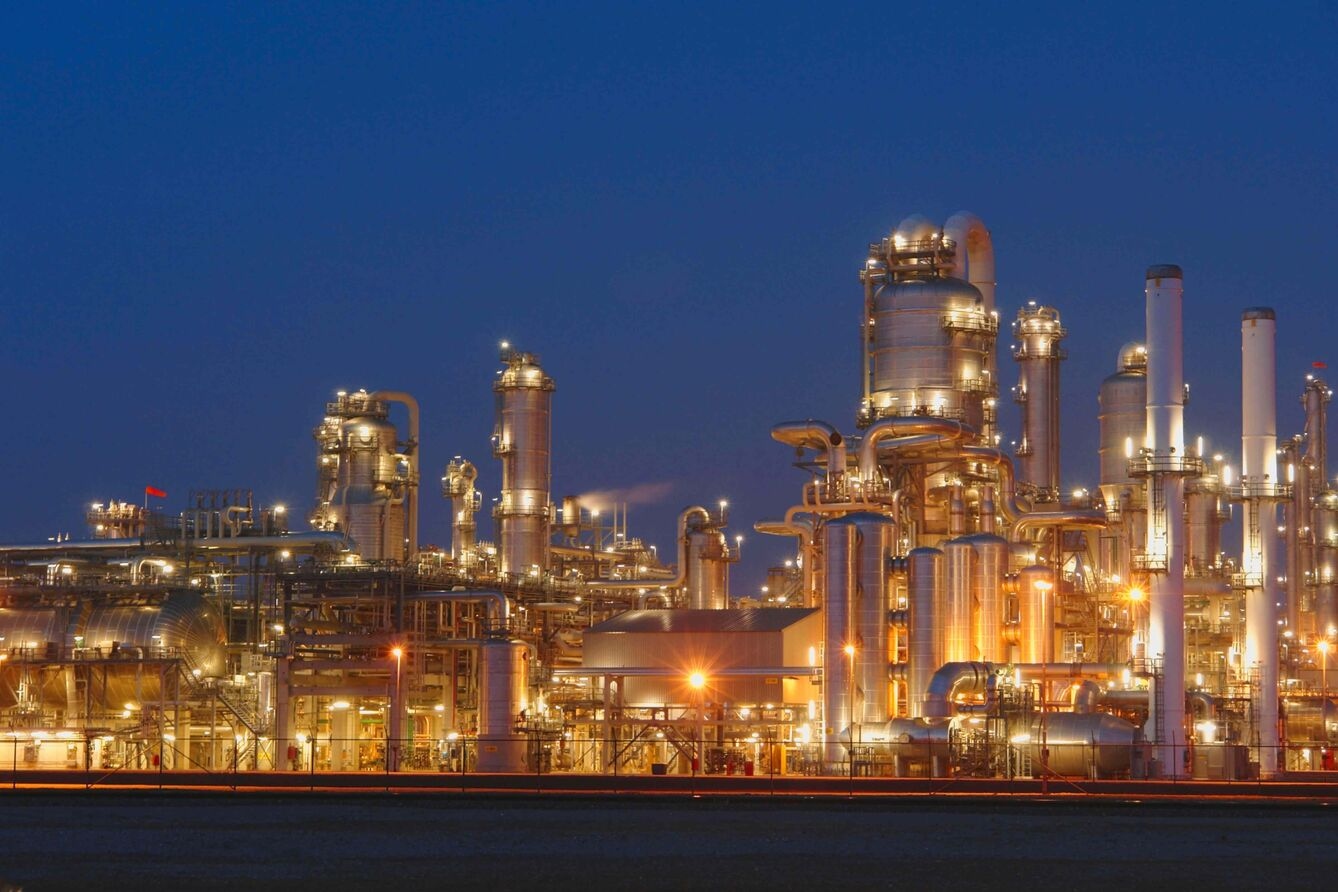State of Russian gas flows via Ukraine in 2025: What Central & Eastern European countries can expect
As Europe navigates the protracted energy crisis, uncertainties loom over its pipeline gas supplies from Russia, particularly through the Eastern corridor. After the halt of Russian gas flows through the Yamal and NordStream 1 pipelines in 2022, the region now risks losing the Russian supply it receives via Ukraine. Ukraine has expressed its intention not to renew the transit contract with Russia, set to expire by the end of the year. In this first piece of a two-part blog series, Kpler Insight will explore how such an event could affect Central and Eastern European (CEE) countries. The second piece will focus on the options these countries have to diversify their gas supply in the event of a disruption.
Background on the disruption of Russian gas flows via Ukraine
The first two supply shocks of 2022 created havoc in Europe’s energy market, with European TTF prices surging to the highest level on record. To weather the crisis, the EU and individual member states implemented legislative measures and actions to reduce consumption, fill up storage facilities by winter, maximize existing supply, and diversify lost Russian pipeline gas with LNG. By 2024, the region successfully overcame the worst of the crisis. Demand destruction ²across different sectors, record-high storage levels, and increased LNG and non-Russian pipeline supply were at the core of the strategy.
The impact of such shocks was significant for CEE countries. The gas pipeline system in this part of Europe was designed to handle East-to-West and North-to-South flows. When flows from the Yamal and NordStream 1 pipelines halted, the CEE region had to rapidly adapt to the new reality (see Figure 1 for more details). Poland stopped sending gas to Germany, and German flows into the Czech Republic were slashed to one-fifth. Czechia then opted to receive gas from Slovakia, reversing years of flow in the opposite direction. Similarly, Slovak flows into Austria were reduced by more than two-thirds, which in turn saw their exports to Hungary and Italy almost disappear by the end of 2023. Further east, the inauguration of the Balkan Stream pipeline in 2021 provided some relief to the region, allowing flows from the TurkStream pipeline to reach Romania, Serbia, and Hungary, and giving the latter the opportunity to export gas to Slovakia since 2023. However, not every country benefited from the project: Bulgaria and Moldova stopped consuming Russian gas in 2022 following disputes involving long-term contracts with Gazprom. This overhaul of the gas market resulted in a rebalancing of geopolitical power in the region.
Despite these changes, the EU continues to depend on pipeline gas flows from Russia, which currently enter the continent via Turkey and Ukraine, and are vital to meeting the gas needs of the CEE region.

State of Gas Flows via Ukraine
Eight entry points connect Ukraine with Slovakia, Poland, Romania, and Hungary, through which Russian flows can reach the EU (see Figure 1). At the time of writing this report, only two are actively used: Poland at the GCP GAZ-SYSTEM/UA TSO and Slovakia at the Uzhgorod—Veľké Kapušany interconnection points. In June 2024, 0.096 bcm flowed into Poland and 0.83 bcm into Slovakia, representing about 7.4% of total EU pipeline gas supply.
Assessing the impact of a halt of Russian flows via Ukraine
Despite Russian gas flows via Ukraine entering through only two points, these volumes can still reach various destinations, spreading the risk of potential supply disruptions. To estimate this risk, Kpler Insight conducted a thorough analysis of the gas supply mix in selected CEE countries, the evolution of their domestic consumption, and the available options for supply diversification. Our findings indicate that Slovakia and Austria will be the most exposed countries in the region if these risks materialize, given the current structure of their gas inflows. Poland and Czechia will be less exposed, although Czechia could face infrastructure-related challenges. We estimate that the risk for Hungary, Serbia, and Bulgaria is inherently low, thanks to the flexibility provided by additional infrastructure.
What countries are most impacted by Russian gas flow disruption?
In the case of Poland, flows via Ukraine are consumed domestically and represent roughly 4% of total Polish gas consumption, according to our estimates.
Flows entering Slovakia are more impactful. The Slovak economy relies heavily on these flows; Kpler Insight estimates the implied use of Ukrainian flows to be nearly 80% in 2023. This dependency could increase if inflows from Hungary decrease and a cold winter occurs, as no Russian gas would be available for refilling storage levels.
Gas flows entering Austria are consumed domestically and sent via the TAG pipeline to Italy and, to a lesser extent, Slovenia. Austria’s exposure to Ukrainian gas increased in 2024, presumably due to the rising German gas storage levy, which has been gradually increasing since 2022. The levy currently stands at 2.5 euros/MWh, making Austrian gas imports via Germany almost three times more expensive than those via Slovakia. Our calculations show that Austria currently relies almost exclusively on flows from Slovakia, presenting the highest risk in the event of a disruption. We also anticipate a reduction in flows to Italy. However, the end of the German gas storage levy in January 2025 will likely mitigate some of these risks.
Further north, Czech Republic has consistently imported Russian gas via Ukraine since October 2023, most likely due to the German gas storage levy. However, risks remain for Czechia even after the levy ends. Firm capacity at the Brandov IP on the Czech-German border might not be enough to compensate for the potential loss of Russian pipeline gas to the CEE region after 2025, increasing congestion risks and price differentials between countries.
The situation is more optimistic in the southern part of the region. Hungary and Serbia continue to source gas through the Balkan Stream, while Bulgaria has managed to diversify away from Russian supply. Flows into Bulgaria and Serbia use around 75% and 80% of the total firm capacity available at the interconnection points, providing some breathing room to the region if needed. As for Hungary, although inflows from Serbia run at maximum capacity, domestic production and lower gas demand in the power mix give the country higher flexibility to manage its domestic gas market.
In the second blog piece, we will explore options available for CEE countries to deal with the potential loss of gas supply via Ukraine. Stay tuned!
Want access to LNG insights on a regular basis?
Get daily expert-driven research within the terminal. Access country-specific supply and demand data, 18-month forecasts, LNG installations production capacities and timelines, and more.
Unbiased. Precise. Essential.
Curious? Request access to Kpler Insight today.

See why the most successful traders and shipping experts use Kpler













